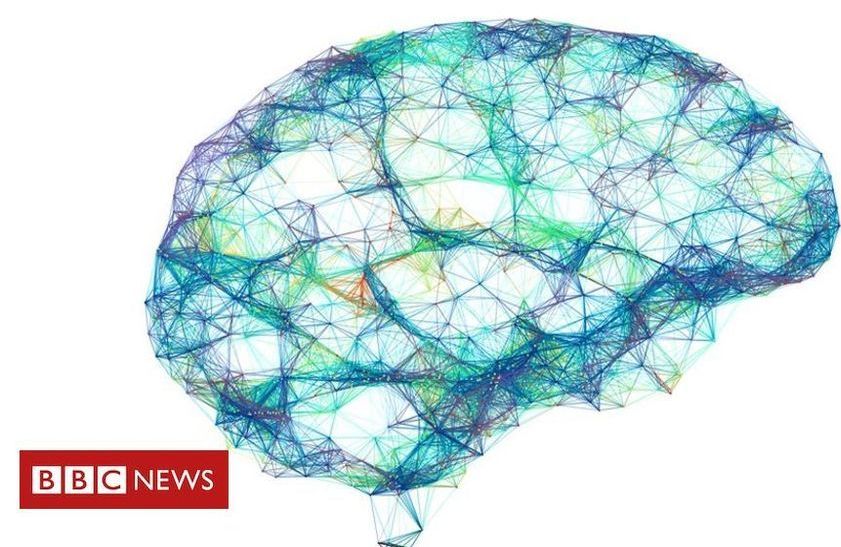Hospitals are threatening to fire health-care workers who publicize their working conditions during the coronavirus pandemic — and have in some cases followed through.
Ming Lin, an emergency room physician in Washington state, said he was told Friday he was out of a job because he’d given an interview to a newspaper about a Facebook post detailing what he believed to be inadequate protective equipment and testing. In Chicago, a nurse was fired after emailing colleagues that she wanted to wear a more protective mask while on duty. In New York, the NYU Langone Health system has warned employees they could be terminated if they talk to the media without authorization.








